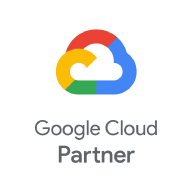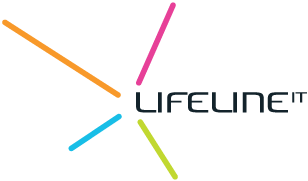
The User-Friendly Guide to AI
Published: 24 September 2025
Artificial intelligence is advancing rapidly, with businesses and consumers embracing the technology in everyday life.
The AI landscape
“For the last five years it’s been an uphill struggle trying to get people to adopt AI, but in the last three months there has suddenly been an explosion in everyone starting to get interested in it. The downside of this is there are businesses out there trying to make a fast buck by positioning themselves as ‘AI experts’ when they are not.
“It’s about familiarising yourself with the resources available and upskilling yourself so that you can incorporate AI into your daily life. You do not need to be hugely techy-savvy to use AI – it’s something you can learn yourself.”
The available tools
“There are five main tools outlined below. They are all based on large language models and all very similar in what they do, but they have different strengths. It all depends on your line of work – for example Claude is suited to creatives, whilst ChatGPT is used more by business. It’s worth spending some time exploring the different platforms as they have features within them that are really useful.”
ChatGPT – A powerful conversational AI chatbot developed by OpenAI, which generates text, images, code and more.
Gemini – Google’s multimodal, general-purpose AI system (and companion chatbot) that processes text, images, audio, code, and video.
Claude – A safety-focused AI chatbot created by Anthropic and designed for natural, ethical and context-aware interactions.
Grok – A real-time–aware AI assistant developed by xAI, Elon Musk’s AI company,
Meta AI – Meta’s AI assistant which is across apps, voice, image/video content creation, and available as a standalone assistant.
‘Bookending’ for accuracy
“The problem with these large language model systems like ChatGPT is that if it can’t find the information, it will ‘create’ an answer. You can see this by asking it the same question twice – it will come up with two different answers.
“Therefore, at the moment, the only way to ensure accuracy is to ‘bookend’ from start to finish – this means a human giving the prompt and a human checking the end results. Often the main platforms will give you reference sources so you can use these to check accuracy of facts.”
To pay or not to pay?
“You can use the AI platforms at no cost, but nothing is ever free. The trade-off is they are allowing you to use it for free because you are in essence training their model with your prompts and responses. The golden rule if you are using a free version of AI is never give it anything that is commercially sensitive, confidential or could compromise yours or another individual’s personal information.
“The paid versions offer a little more security and there are the ‘Enterprise’ versions, which keep everything within your own environment. Most companies are happy using the enterprise versions and a good example of this would be Microsoft M365 Copilot.”
Introducing it to your business
“It’s important to offer staff a credible and safe alternative to the free AI models that are out there, otherwise they will just use these which can compromise your security. If you do introduce AI into your business, it’s important to phase it in so that people understand how to use it. Don’t just blanket launch, otherwise people won’t know how to use the system and are likely to revert back to the free models that they are familiar with.”
If you want to find out more about AI, listen to the Project Flux podcast at:
REPORT AN INCIDENT
To access the Lifeline IT support portal and log an incident, login below.
STAY UPDATED
Sign up to our newsletter for informative news about the IT and technology landscape
Offices
Head Office
Borehamwood, Herts, WD6 2BT
European Office
Regional Office



Copyright © 2025 Lifeline IT Solutions Ltd. All rights reserved.|Website Design & Development by Viridian Partnership
